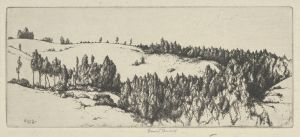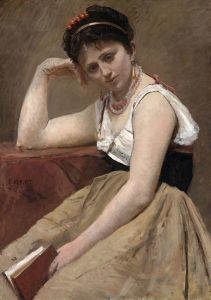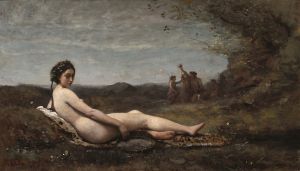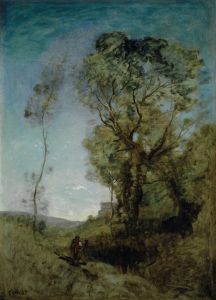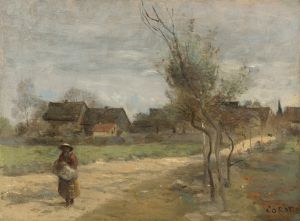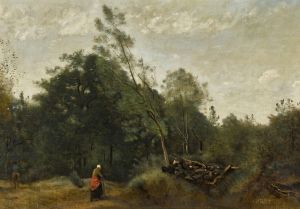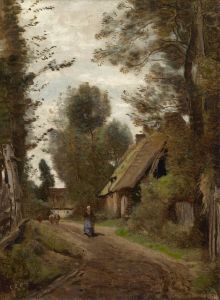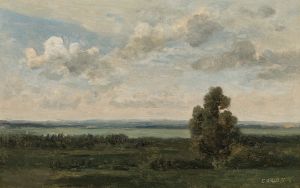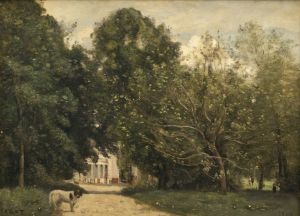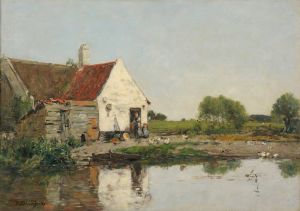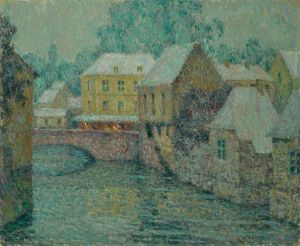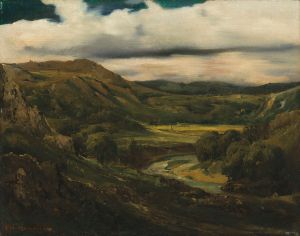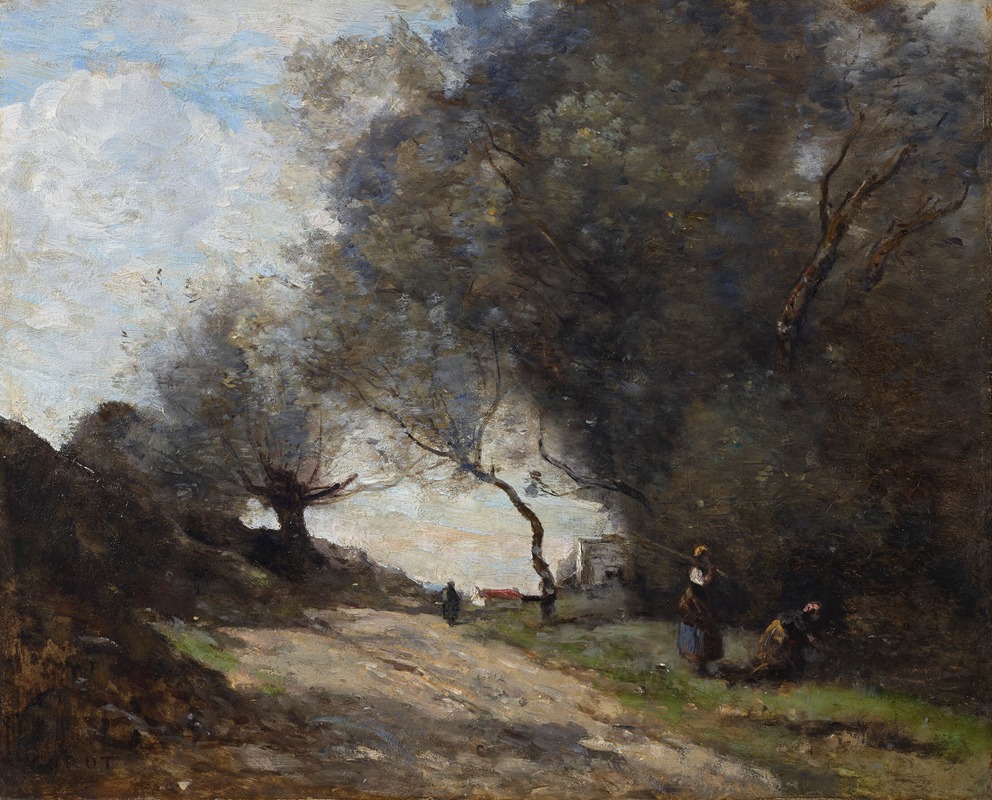
La cueillette au bord du chemin
A hand-painted replica of Jean-Baptiste-Camille Corot’s masterpiece La cueillette au bord du chemin, meticulously crafted by professional artists to capture the true essence of the original. Each piece is created with museum-quality canvas and rare mineral pigments, carefully painted by experienced artists with delicate brushstrokes and rich, layered colors to perfectly recreate the texture of the original artwork. Unlike machine-printed reproductions, this hand-painted version brings the painting to life, infused with the artist’s emotions and skill in every stroke. Whether for personal collection or home decoration, it instantly elevates the artistic atmosphere of any space.
Jean-Baptiste-Camille Corot was a pivotal figure in 19th-century French painting, known for his contributions to landscape art and his role in bridging the Neoclassical tradition with the emerging Impressionist movement. One of his notable works is "La cueillette au bord du chemin," which translates to "Gathering by the Roadside." This painting exemplifies Corot's characteristic style, which combines a keen observation of nature with a poetic sensibility.
Corot was born in Paris in 1796 and began his artistic career relatively late, after working in the family textile business. He studied under Achille-Etna Michallon and Jean-Victor Bertin, both of whom were proponents of the Neoclassical landscape tradition. However, Corot's work soon began to diverge from the strictures of Neoclassicism, as he developed a more personal and expressive approach to depicting the natural world.
"La cueillette au bord du chemin" is a testament to Corot's mature style, which often featured serene landscapes imbued with a sense of tranquility and timelessness. The painting likely depicts a rural scene, capturing the simple act of gathering or picking along a roadside. Corot's landscapes are renowned for their harmonious compositions and subtle use of light, and this work is no exception. The gentle interplay of light and shadow, along with the soft, muted palette, creates a peaceful and contemplative atmosphere.
Corot's technique involved painting en plein air, or outdoors, which allowed him to capture the transient effects of light and atmosphere with great fidelity. This practice was relatively innovative at the time and would later influence the Impressionists, who took plein air painting to new heights. In "La cueillette au bord du chemin," Corot's attention to the nuances of natural light is evident, as is his ability to convey the mood of a specific moment in time.
Throughout his career, Corot maintained a balance between detailed observation and a more generalized, idealized vision of nature. This duality is present in "La cueillette au bord du chemin," where the figures and landscape elements are rendered with both precision and a certain softness that lends the scene an ethereal quality. Corot's landscapes often include figures engaged in everyday activities, which serve to humanize the scene and provide a narrative element without detracting from the overall composition.
Corot's influence on subsequent generations of artists cannot be overstated. His ability to capture the essence of a landscape with both realism and lyricism paved the way for the Impressionists, who admired his work for its innovative approach to light and form. Artists such as Claude Monet and Camille Pissarro regarded Corot as a precursor to their own explorations of natural light and color.
"La cueillette au bord du chemin" is a fine example of Corot's legacy as a master of landscape painting. It reflects his deep appreciation for the natural world and his skill in translating that appreciation onto canvas. The painting remains a testament to Corot's enduring influence on the art world and his role in the evolution of modern landscape painting.





